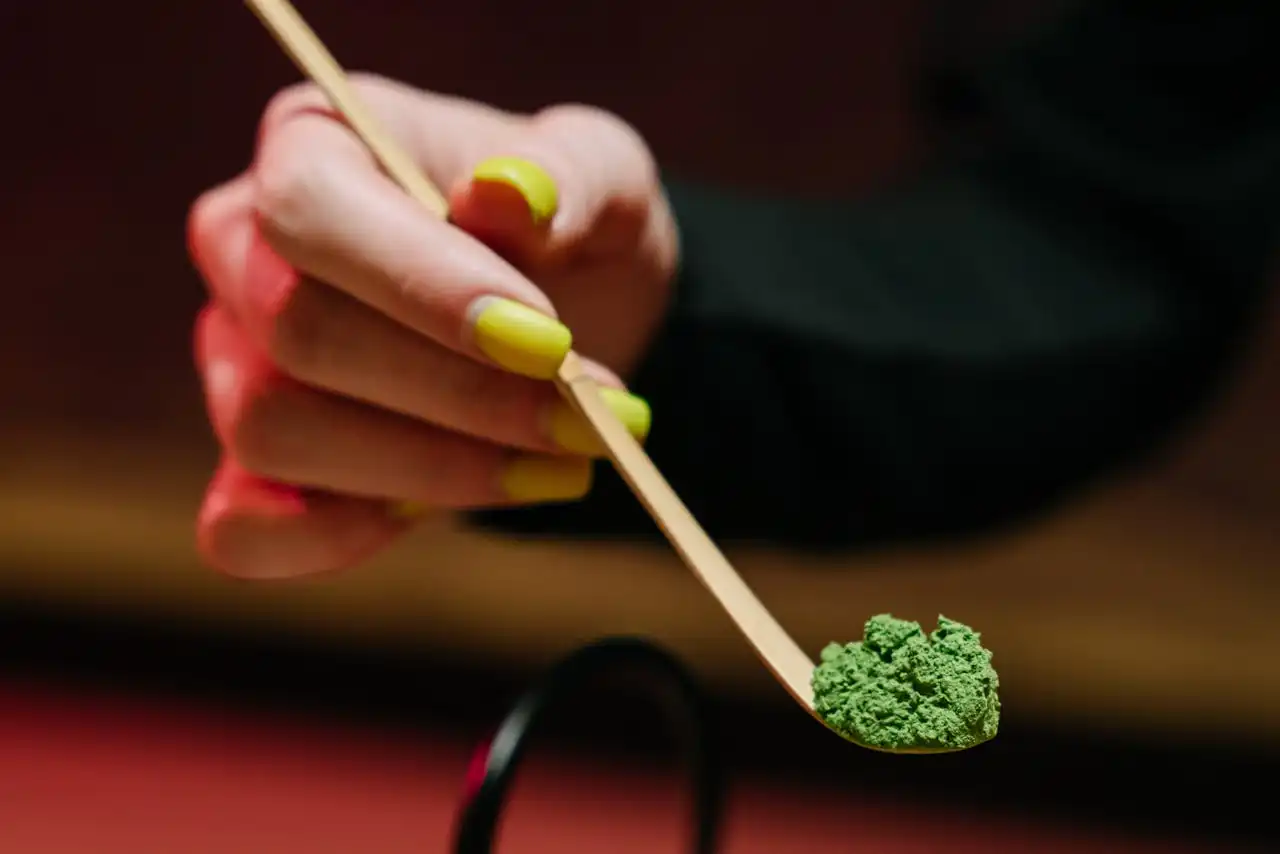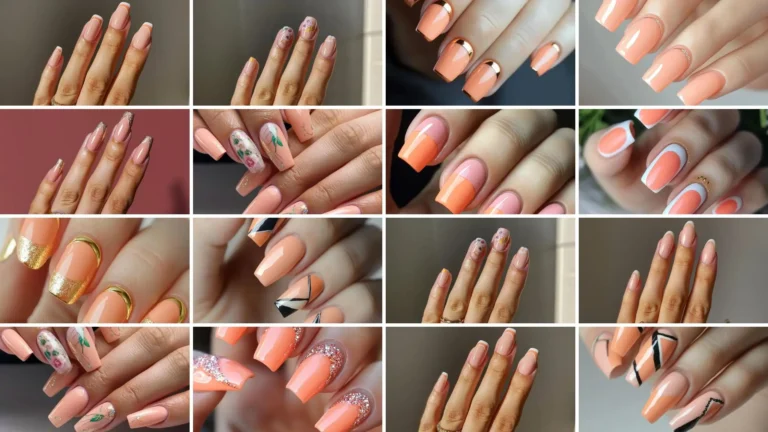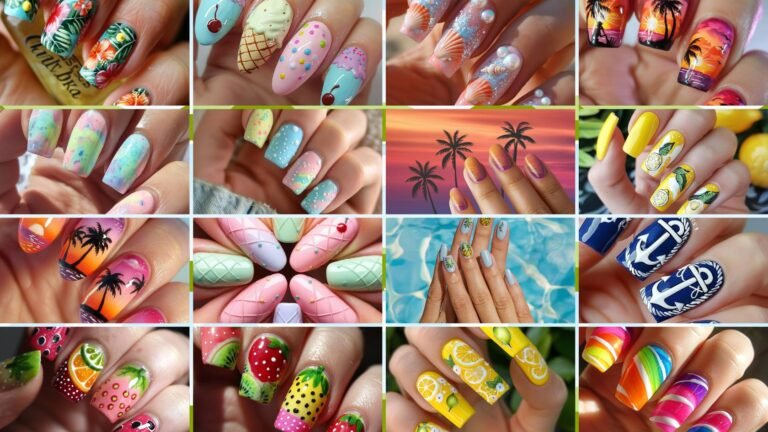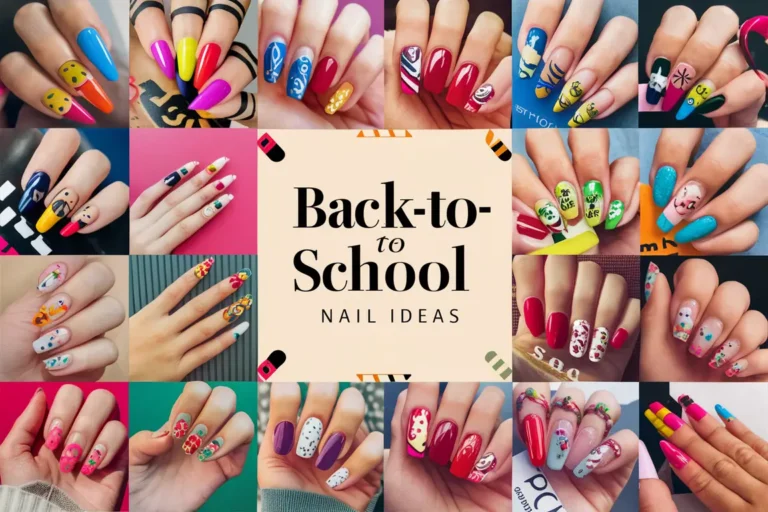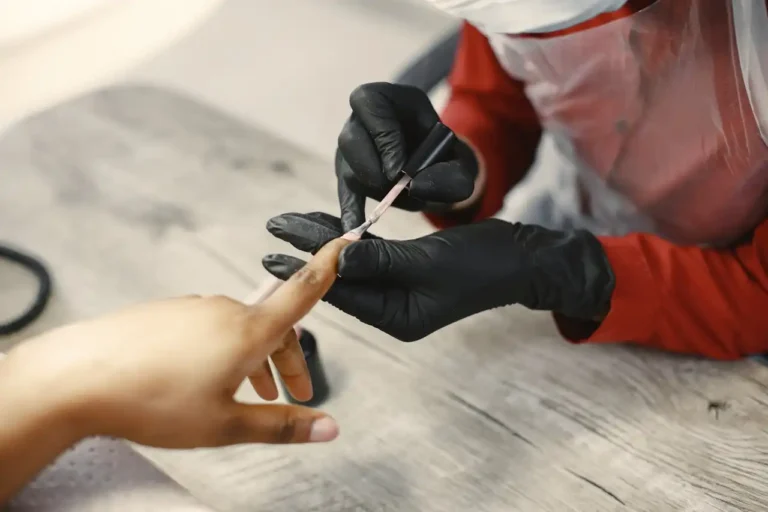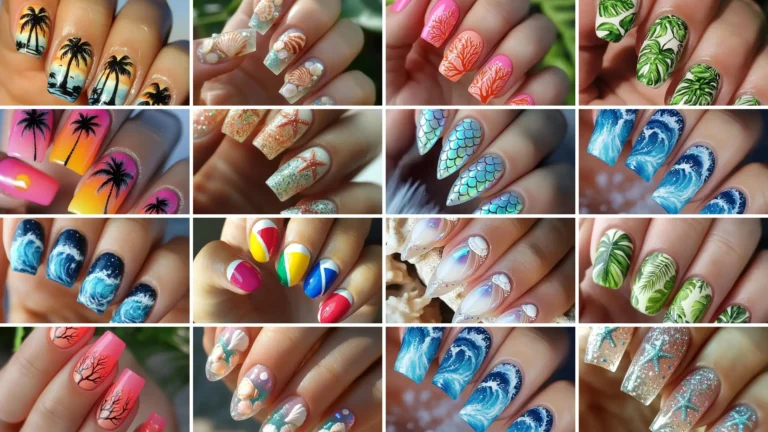Nail Polish Ingredients You Should Avoid
You love painting your nails, but have you ever wondered what’s actually in that colorful bottle? Your favorite polish might contain chemicals that could harm your health.
Reading ingredient labels isn’t just for food anymore. Your nails and skin absorb more than you think.
Today’s nail polish industry has made major improvements, but some brands still use questionable ingredients.
Let’s explore the chemicals you should avoid and discover safer alternatives for your next manicure.
The “Toxic Trio” – Three Major Offenders
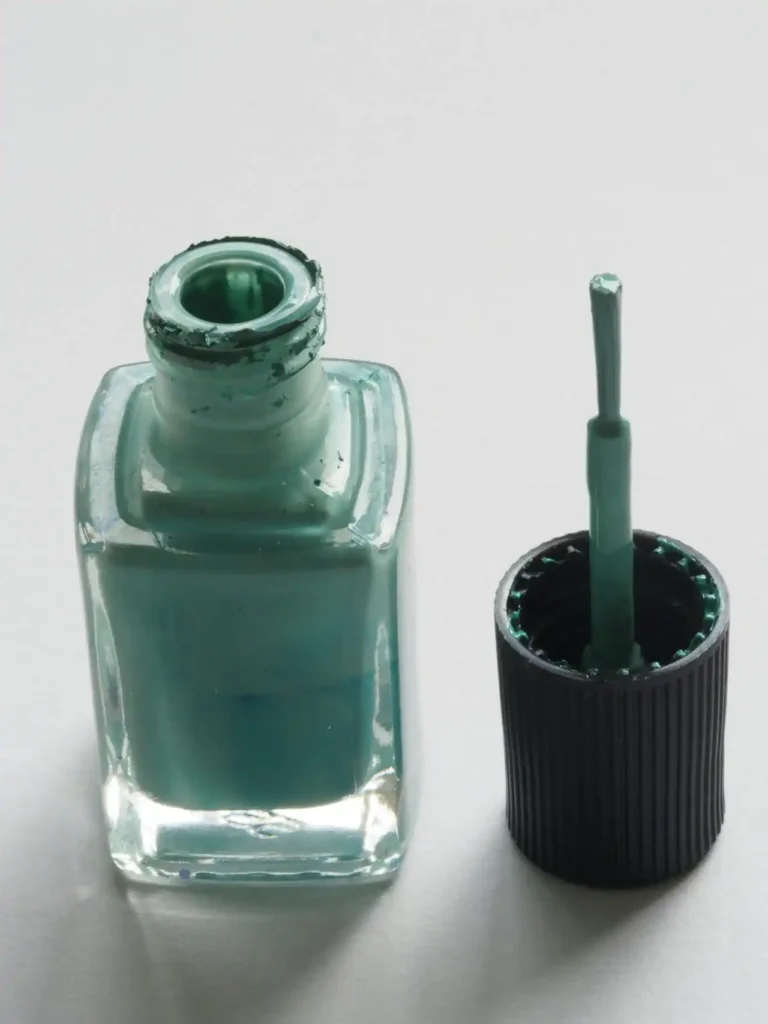
Formaldehyde: The Nail Hardener You Don’t Want
Formaldehyde tops the list of ingredients you should avoid in nail polish. Manufacturers add formaldehyde to nail polish as a hardening agent and preservative.
You might recognize this chemical from high school biology class, where it preserved specimens in jars.
Your body doesn’t appreciate formaldehyde exposure. This chemical can cause skin irritation, allergic reactions, and respiratory problems.
You might experience burning eyes, throat irritation, or difficulty breathing when using formaldehyde-containing polishes in poorly ventilated spaces.
The International Agency for Research on Cancer classifies formaldehyde as a known human carcinogen.
Long-term exposure increases your risk of developing certain cancers, particularly those affecting the nose and throat.
Many nail salons still use formaldehyde-containing products. You’ll want to ask your nail technician about the ingredients in their polishes before your next appointment.
Toluene: The Solvent That Smooths Application
Toluene makes nail polish apply smoothly and dry to a glossy finish. Toluene also irritates your skin, eyes, and respiratory system.
You’ll find this petroleum-derived chemical in many conventional nail polishes, where it acts as a solvent and leveling agent.
Your nervous system bears the brunt of toluene exposure. This chemical can cause headaches, dizziness, and nausea.
You might feel confused or experience memory problems after prolonged exposure to toluene-containing products.
Pregnant women face additional risks from toluene exposure. This chemical can cross the placenta and potentially harm developing babies.
You should definitely avoid toluene-containing nail products if you’re expecting or trying to conceive.
You might develop contact dermatitis or experience burning sensations around your nail beds after repeated exposure.
Dibutyl Phthalate (DBP): The Flexibility Factor
DBP prevents nail polish from becoming brittle and chipping easily. This phthalate gives your manicure flexibility and helps it last longer on your nails.
Your endocrine system doesn’t handle DBP well. This chemical disrupts your hormone balance and can interfere with reproductive health.
You might experience fertility issues or hormonal imbalances with regular exposure to DBP-containing products.
Research links DBP exposure to developmental problems in children. You’ll want to keep products containing this chemical away from young family members.
The European Union has already banned DBP in cosmetics due to safety concerns. DBP also poses environmental risks.
This chemical doesn’t break down easily and accumulates in water systems, affecting aquatic life and eventually making its way back to humans through the food chain.
Secondary Suspects – Four More Chemicals to Watch
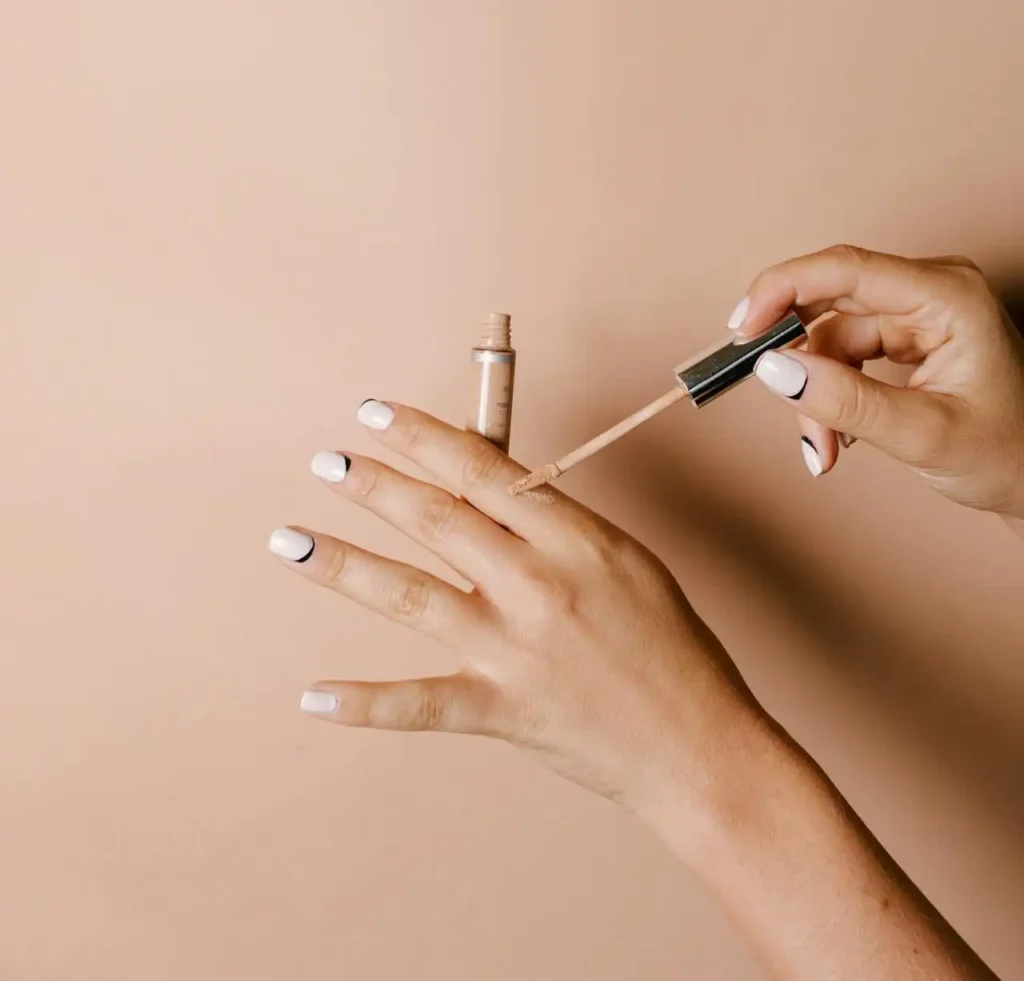
Formaldehyde Resin: The Sneaky Relative
Formaldehyde resin might sound safer than pure formaldehyde, but you shouldn’t be fooled.
This chemical releases small amounts of formaldehyde over time, creating ongoing exposure risks.
You’ll find formaldehyde resin listed under various names on ingredient labels. Look out for tosylamide/formaldehyde resin, which appears in many nail hardeners and base coats.
Your skin can develop allergic reactions to formaldehyde resin. You might notice redness, swelling, or painful blisters around your nail area after using products containing this ingredient.
The slow release of formaldehyde from resin compounds means you’re getting continuous low-level exposure.
This prolonged contact can be just as harmful as short-term high-dose exposure.
Camphor: The Traditional Ingredient Gone Wrong
Camphor gives nail polish its distinctive smell and helps it dry quickly. You might associate this ingredient with medicinal products, but it doesn’t belong in your beauty routine.
Your central nervous system reacts poorly to camphor exposure. Children face greater risks from camphor exposure due to their smaller body size.
You could experience seizures, confusion, or muscle twitching with high levels of exposure. Even small amounts can cause headaches and irritability.
You should keep camphor-containing nail products away from kids and avoid using them during pregnancy.
Camphor can also cause skin sensitization. You might develop allergic reactions that worsen with repeated exposure to this ingredient.
Ethyl Tosylamide: The Plastic-Like Polymer
Ethyl tosylamide helps nail polish adhere to your nails and creates a durable finish. This synthetic polymer forms a plastic-like coating over your nail plate.
Your immune system may react negatively to ethyl tosylamide. You could develop contact allergies that cause persistent skin problems around your nails and fingers.
This chemical doesn’t break down easily in your body or the environment. You’re essentially applying a persistent plastic coating to your nails that can accumulate over time.
Research on ethyl toluamide remains limited, but early studies suggest potential links to reproductive and developmental problems.
You’ll want to choose alternatives until more safety data becomes available.
Xylene: The Industrial Solvent
Xylene improves nail polish flow and prevents streaking during application. Your brain and nervous system suffer from xylene exposure.
This aromatic hydrocarbon comes from petroleum processing and has no business on your nails.
You might experience memory problems, confusion, and coordination difficulties after using xylene-containing products in enclosed spaces.
Xylene irritates your skin, eyes, and respiratory system. You could develop chemical burns or respiratory distress with significant exposure to this harsh solvent.
Long-term xylene exposure affects your liver and kidneys. These vital organs work overtime to process and eliminate this toxic chemical from your body.
Hidden Dangers – Newer Chemicals to Avoid
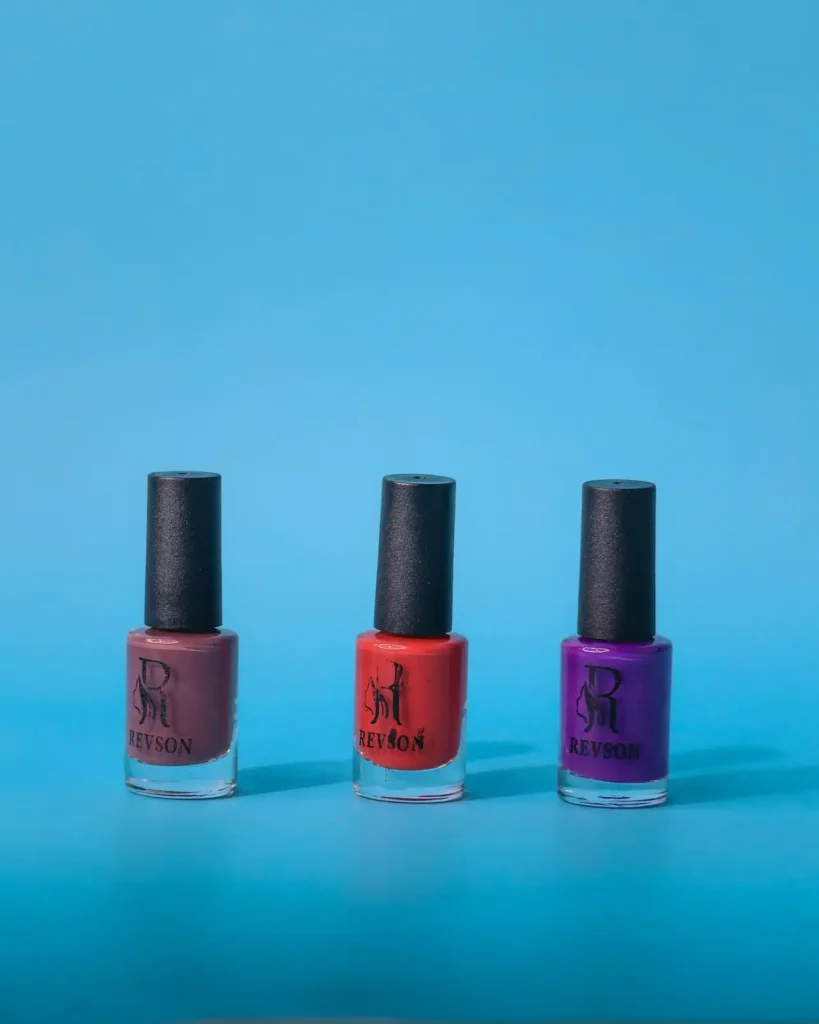
Parabens: The Controversial Preservatives
Parabens prevent bacteria and mold growth in nail polish, extending shelf life. You’ll find these preservatives in many cosmetic products, but their safety profile raises serious concerns.
Your endocrine system struggles with paraben exposure. These chemicals mimic estrogen in your body and can disrupt normal hormone function.
You might experience irregular menstrual cycles or other hormonal imbalances. Research links parabens to breast cancer concerns.
While scientists continue studying this connection, you might prefer avoiding unnecessary exposure to these controversial chemicals.
Parabens also contribute to antibiotic resistance. You’re indirectly supporting the development of super-bugs when you use products containing these preservatives.
Triphenyl Phosphate (TPHP): The Modern Replacement
TPHP replaced some traditional toxic ingredients in nail polish, but this “safer” alternative brings its own problems.
You’ll find TPHP in many “3-free” or “5-free” nail polishes marketed as healthier options.
Your hormone system doesn’t appreciate TPHP exposure. This chemical disrupts thyroid function and can interfere with your metabolism.
You might experience unexplained weight changes or energy fluctuations. Recent studies detected TPHP in the urine of women shortly after nail polish application.
TPHP easily absorbs through your nail plate and skin. You’re getting systemic exposure to this chemical every time you paint your nails with TPHP-containing polish.
This proves your body absorbs significant amounts of this chemical through nail polish use.
Reading Labels Like a Pro
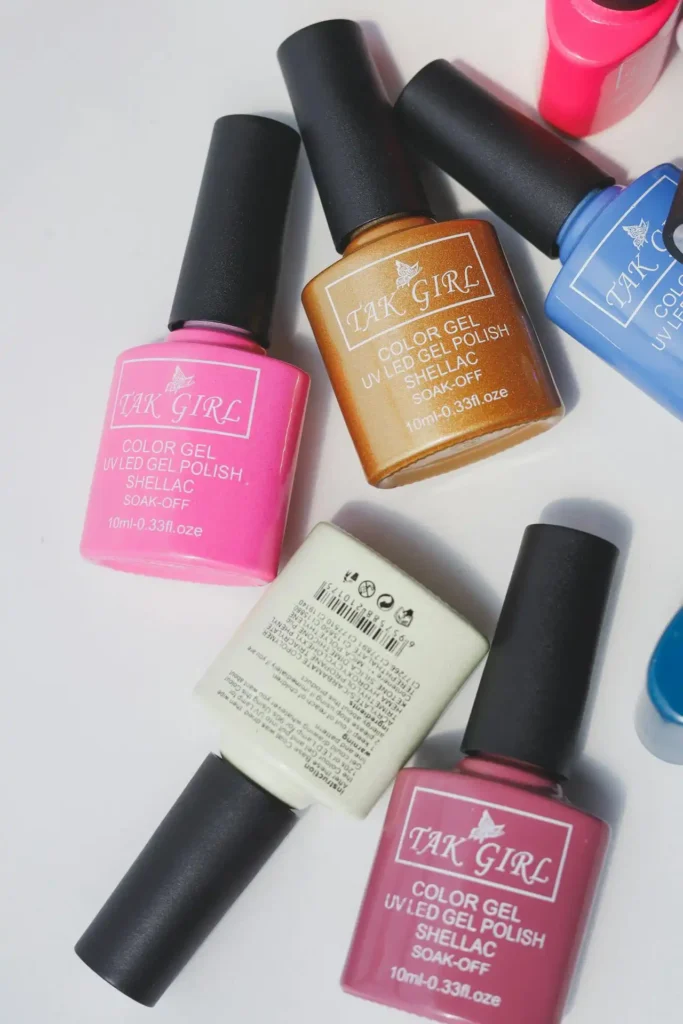
Ingredient Names to Memorize
You need to become a detective when shopping for nail polish. Manufacturers often use chemical names or trade names that hide problematic ingredients from casual shoppers.
Learn to recognize formaldehyde alternatives like formalin, methylene glycol, and quaternium-15. These ingredients release formaldehyde slowly and pose similar health risks.
Watch for phthalate variations beyond DBP. You might see diethyl phthalate (DEP) or dimethyl phthalate (DMP) on labels. All phthalates carry similar health concerns.
Toluene might appear as methylbenzene or phenylmethane on ingredient lists. Don’t let scientific names fool you into thinking these chemicals are different or safer.
Marketing Claims to Question
You’ll find this term on products that still contain questionable ingredients not specifically banned by regulations.
“3-free,” “5-free,” or even “10-free” labels indicate the absence of specific chemicals but don’t guarantee overall safety.
“Non-toxic” doesn’t mean completely safe. You might still encounter other harmful ingredients in these products.
“Natural” nail polish can still contain problematic chemicals. You need to read full ingredient lists rather than relying on marketing buzzwords.
“Hypoallergenic” claims don’t guarantee you won’t react to the product. You could still develop sensitivities to ingredients in supposedly gentle formulations.
Safe Shopping Strategies
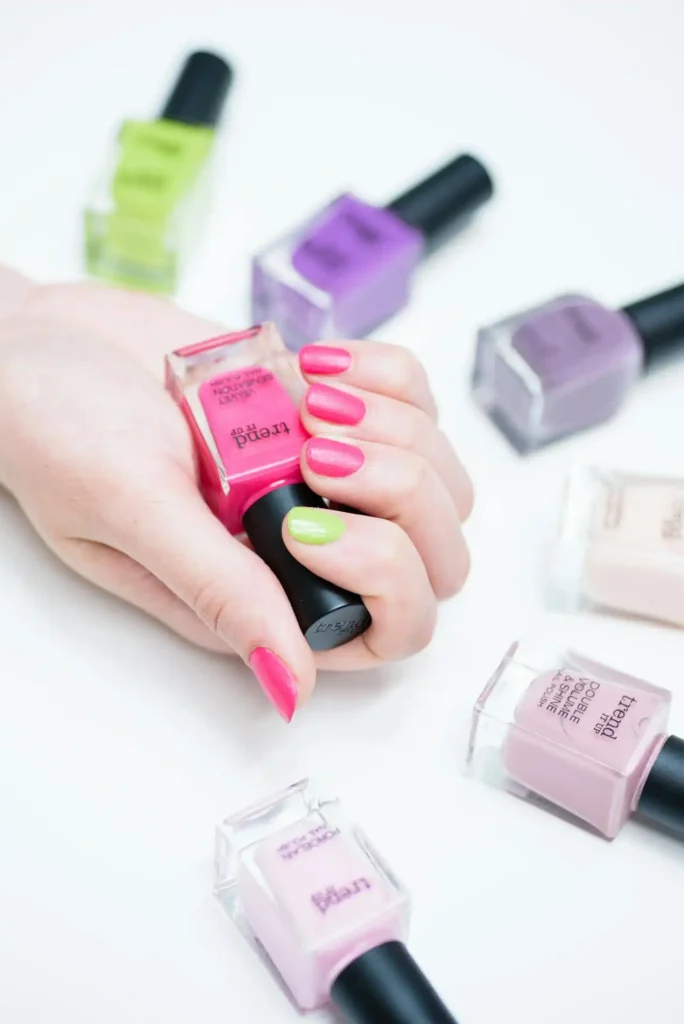
Brands That Care About Your Health
Several nail polish companies prioritize ingredient safety and transparency. You’ll find brands like Zoya, Tenoverten, and Ella+Mila leading the clean beauty movement in nail care.
These companies voluntarily eliminate questionable ingredients and clearly communicate their safety standards. You can trust their commitment to producing healthier nail products.
Look for brands that undergo third-party testing and certification. You’ll have additional assurance that products meet strict safety standards beyond basic regulatory requirements.
Support companies that invest in research and development of safer alternatives. You’re encouraging the entire industry to move toward healthier formulations.
Where to Shop for Clean Options
Health food stores often carry cleaner nail polish options. You’ll find curated selections of brands that meet higher safety standards than conventional retailers.
Online specialty retailers focus exclusively on non-toxic beauty products. You can easily compare ingredient lists and read detailed product information before purchasing.
Some mainstream stores now feature dedicated clean beauty sections. You’ll have more options than ever before without compromising on color selection or performance.
Nail salons increasingly offer safer polish alternatives. You can request specific brands or bring your own clean products to professional appointments.
Making the Switch
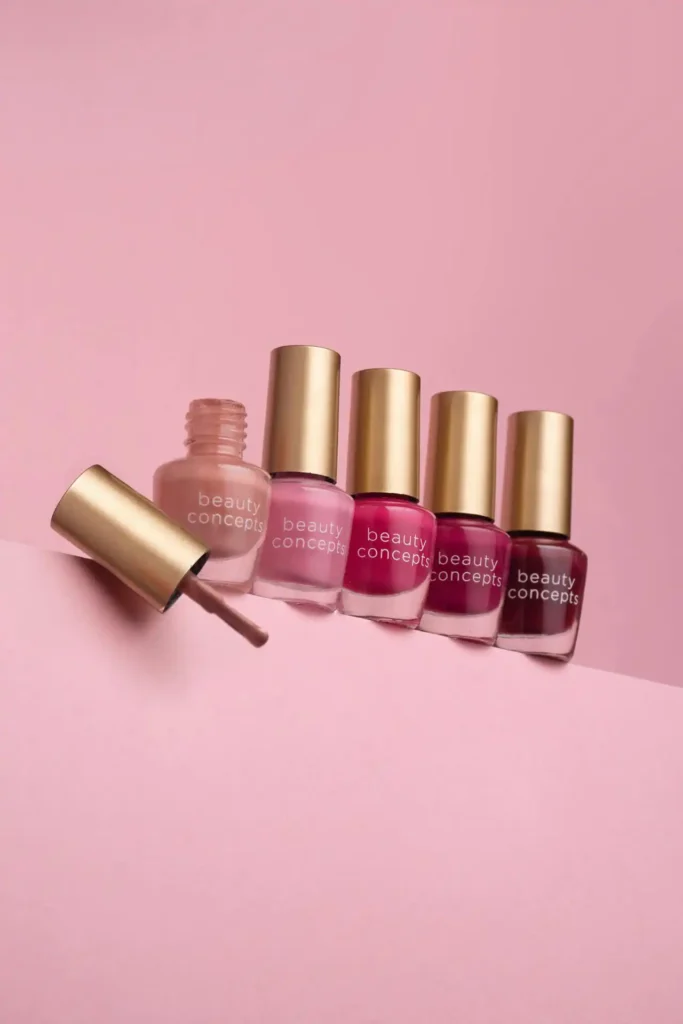
Transitioning Your Collection
You don’t need to throw away your entire nail polish collection immediately. You can gradually replace products as they run out or expire.
Start by eliminating polishes containing the most harmful ingredients. You’ll make the biggest health impact by removing formaldehyde, toluene, and DBP-containing products first.
Consider donating unopened bottles to friends who aren’t ready to make the switch. You’ll prevent waste while introducing others to the importance of ingredient awareness.
Create a wishlist of cleaner alternatives in your favorite colors. You’ll stay motivated to complete your collection transition with products you actually want to use.
Nail Care During Transition
Your nails might need time to recover from chemical exposure. Focus on nail nutrition through diet and supplements.
You could notice improved nail health after switching to cleaner products, but be patient during the adjustment period.
Use strengthening base coats made with safer ingredients. You’ll protect your nails while they heal from previous damage caused by harsh chemicals.
Take regular breaks from nail polish altogether. You’ll give your nails time to breathe and recover their natural strength and flexibility.
You can support healthy nail growth with biotin, protein, and other essential nutrients.
Conclusion
Your nail health matters more than perfect polish.
Choose safer ingredients and protect your long-term wellbeing with every manicure decision you make.

